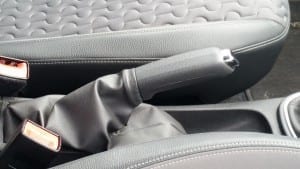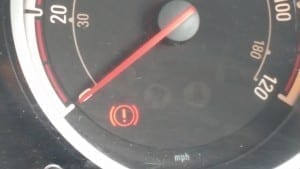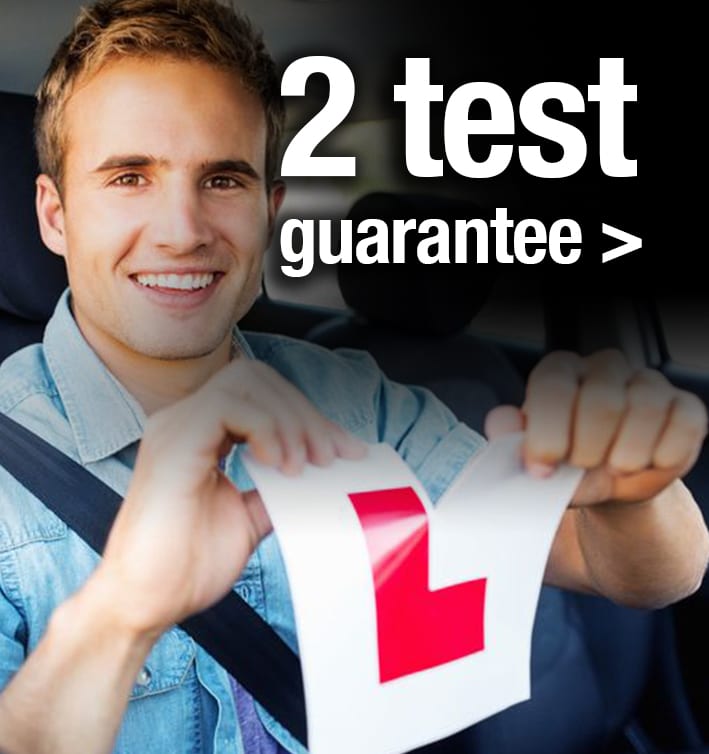This blog from BIG TOM Driving School (0800 689 4174 ) explains when is a good time to use the handbrake while driving and why. There is a BIG TOM video to accompany it (for those who want to watch rather than read).
Not knowing if you should be using the handbrake or when is the correct time to is potentially a big deal when learning to drive. It uses up brain space and most importantly TIME to think it through. Sometimes, in certain situations of driving, time is very precious, you might have a lot of actions to do in a short period of time eg steering to get in the correct position at a junction, looking effectively to see if it is safe to proceed, putting a signal on, selecting the correct gear, assessing what other road users around you are communicating to you. These are not small tasks, and if your brain is taking up time to consider whether you need to apply the handbrake, or not, that is delaying you from doing all those other jobs. Is that a big deal? Certainly can be! Incorrect position might cause another road user hassle, attempting to move off in the wrong gear might create a stall and on it goes, these are not small problems – and all because you didn’t know if setting the handbrake was needed.
 The braking system for the handbrake is different to when you put your foot on the footbrake. They are different because they are there for different reasons. We do not use the handbrake to stop the car, we use it to ‘secure’ the car (prevent it from moving once stopped). I wouldn’t recommend you experiment with this, but if you were to abruptly put your handbrake on while driving, there will be a variety of consequences depending on the driving conditions at the time. But it is certainly not advisable to test this out, not only is the stability of the car in jeopardy but it physically would not do the components of the car any good either.
The braking system for the handbrake is different to when you put your foot on the footbrake. They are different because they are there for different reasons. We do not use the handbrake to stop the car, we use it to ‘secure’ the car (prevent it from moving once stopped). I wouldn’t recommend you experiment with this, but if you were to abruptly put your handbrake on while driving, there will be a variety of consequences depending on the driving conditions at the time. But it is certainly not advisable to test this out, not only is the stability of the car in jeopardy but it physically would not do the components of the car any good either.
We have 2 correct means of slowing the vehicle and another 2 means that should NOT be used to slow the vehicle:
- Come off the gas pedal whilst still in gear (clutch up), known as “engine braking”
- Using the middle brake pedal with the right foot – the intensity of the slowing will depend on the degree and speed the foot is pressed downwards on the pedal3 and 4 will very likely damage your car, maybe not immediately, but certainly over time if repeatedly done.
- Engaging a gear that is not suited to the speed the vehicle is travelling that makes it abruptly slow eg selecting 2nd gear at 45mph – NOT RECOMMENDED
- Applying the handbrake while the vehicle is still rolling – NOT RECOMMENDED
 When you are beginning to learn to drive, it pays to ‘become friends’ with the handbrake. You will pretty quickly notice that immediately after a stop/pause, if you put the handbrake on, it will enable you to take the right foot off the brake pedal in order to set the gas, with no possibility of the car rolling in any direction. The reason why that is such a big deal is that with the gas being set, you are making a stall more unlikely to happen (more on “stalling” later in the BIG TOM blog).
When you are beginning to learn to drive, it pays to ‘become friends’ with the handbrake. You will pretty quickly notice that immediately after a stop/pause, if you put the handbrake on, it will enable you to take the right foot off the brake pedal in order to set the gas, with no possibility of the car rolling in any direction. The reason why that is such a big deal is that with the gas being set, you are making a stall more unlikely to happen (more on “stalling” later in the BIG TOM blog).
As confidence increases, and your ability to recognise when you are paused on a flat road without a hill/gradient of any kind, then the dependence on continually, repeatedly applying the handbrake at every pause will decrease. But to begin with, in the early days, get used to setting the handbrake on a pause, it enables you to “set” your feet and that will prevent the car from rolling, stalling, bunny hopping, wheels screeching, and from you making fast (and inaccurate) gear changes to what you THINK is 1st gear.
One other thing to consider when you apply the handbrake is the mechanics of how it is set and reset. On a traditional “lever” system, when you apply the handbrake (secure the car), you raise the lever until it is tight. The amount of travel will depend on the particular wear and tear on the braking mechanism at the time. Whether you press the ratchet in with your thumb to apply the handbrake is really of little consequence, but ensuring it is raised enough most certainly is. If you do not raise it high enough then the brakes will not grip, and the car will not be held/locked secure in that position. When releasing the handbrake (lowering it), you lift the lever ever so slightly to enable your thumb to press the ratchet, and then you release the lever FULLY downwards (whilst keeping your thumb pressed on the ratchet). Only when the lever is at the very bottom (it cannot go any lower) should you depress the ratchet with your thumb. Take your time with this operation. Rushing it, will inevitably lead to the handbrake not being completely released, which might mean that there is still some level of braking being applied, it may mean that an audible alarm from the dashboard is set off to remind you to lower the lever completely. Beware of these niggly habits forming, because they can be hard to iron out; take your time, remember, if you have correctly set your feet, then there is no need to rush taking the handbrake off, the car will not roll backward on release of the handbrake as the clutch position (left foot) is on “the bite” and preventing the car from going backwards. Technology is rapidly coming to our aid again here, car manufacturers are increasingly using a feature that sets the handbrake by the click of a switch and does not need to be switched off before you move off again.
The frequency with which drivers need to use the handbrake in order to keep control of the vehicle reduces as the driver gets more competent with the necessary foot controls so that the vehicle only moves when they want it to, and in the direction they want it to. However, do try to prevent being stationary with the left foot on the bite, and the right foot setting gas for extended periods of time (whether handbrake is on or not), as eventually you will smell the clutch heating up under the strain. Try to time your actions to anticipate when you need that full control – again this is being kind to your car, a new clutch will cost about £800 to replace.
One other thing, the old rule about “if a pause becomes a wait” still stands as a rough guide to whether you should put the handbrake on. Being paused for a long time at a junction or in a queue with the right foot securing the vehicle via the footbrake is not only giving you, the driver, work for the foot, but also is glaring very bright brake lights into the eyes of the driver behind. Try to get into the habit of anticipating how long you think you will be paused for, any more than 5-10 seconds wait, stick the handbrake on, relax the feet. It’s surprising how quickly this skill of anticipation develops once you start paying attention to it.
BIG TOM Driving School Bookings: 0800 689 4174
My thanks go to Nigel Petler from NP Auto’s Bourne Ltd (01778 422 865) for his assistance in the creation of this blog.




